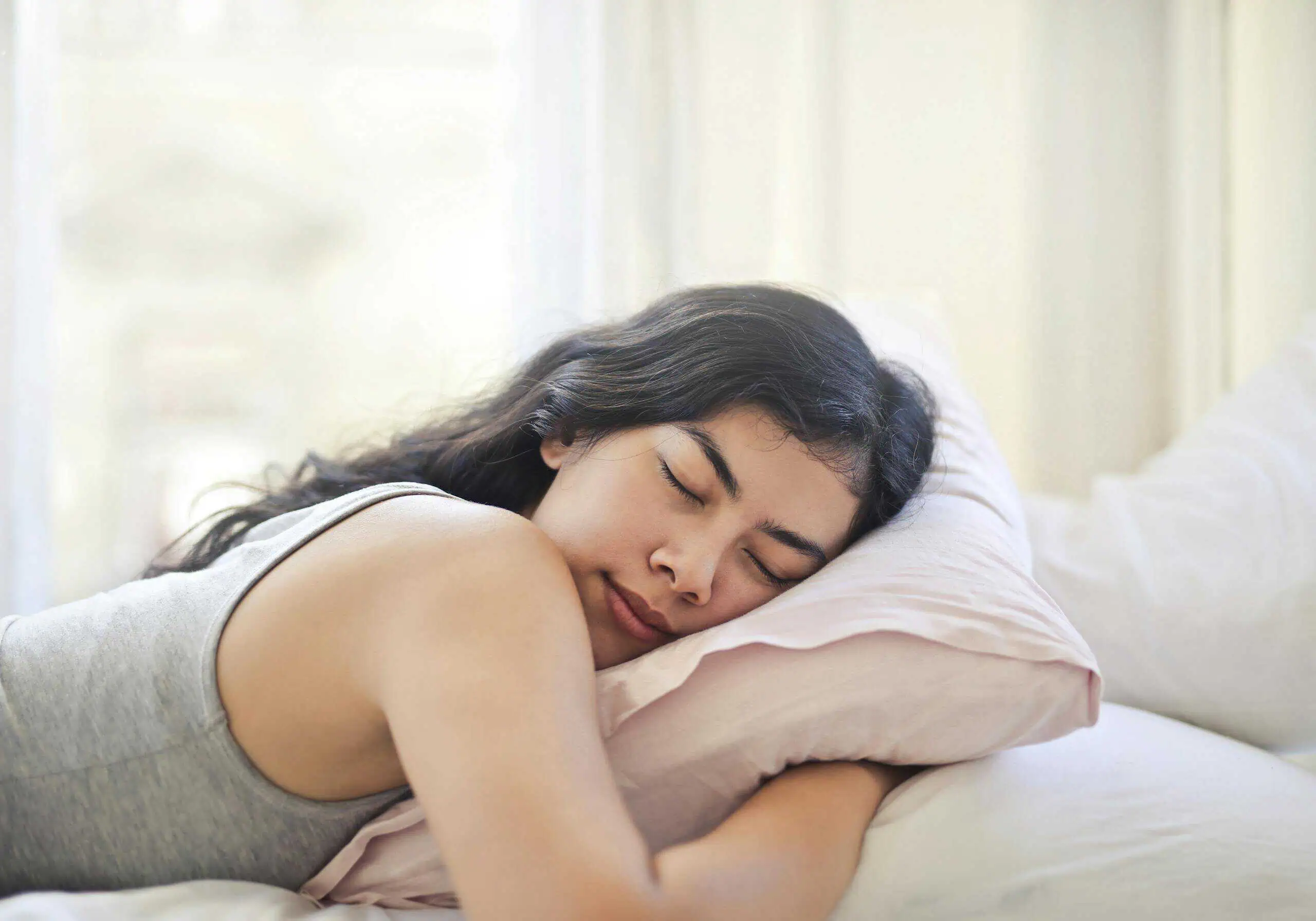Understanding Sensory Issues and Sleep: A Comprehensive Guide
Introduction
Do you or someone you know struggle with sleep due to sensory issues? If so, you’re not alone. Sensory issues can significantly impact sleep, making it difficult to fall asleep, stay asleep, or wake up feeling rested. In this blog post, we’ll explore how sensory issues can affect sleep, provide practical tips to improve sleep quality, and suggest specific items that can help create a more comfortable and soothing sleep environment.
What Are Sensory Issues?
Sensory issues refer to how our brains process sensory information—like sounds, textures, lights, and smells. Some people are more sensitive to sensory input, while others may not notice it as much. For those with heightened sensitivity, everyday sensations can become overwhelming.
People with sensory processing difficulties may find it hard to tune out certain stimuli. This heightened sensitivity can lead to discomfort and anxiety, particularly at night when they are trying to sleep.
How Sensory Issues Affect Sleep
Sleep is essential for our overall health and well-being, but sensory issues can make it challenging to get the rest we need. Here are some common ways sensory issues impact sleep:
- Difficulty Falling Asleep: If you are sensitive to noise, even the slightest sound—like a ticking clock or distant traffic—can keep you awake. Light sensitivity can also make it hard to fall asleep, even with a small amount of light in the room.
- Frequent Night Wakings: Sensory sensitivities can cause you to wake up multiple times during the night. For example, a rough sheet or an itchy tag on your pajamas might wake you up repeatedly.
- Trouble Staying Asleep: Sensory issues may cause someone to be easily disturbed during the night, leading to fragmented sleep. This can leave you feeling exhausted, even if you spent plenty of time in bed.
- Difficulty Waking Up: For some, sensory issues might make waking up a challenge. If you’re sensitive to light, for instance, waking up in the dark might feel disorienting or even distressing.
Common Sensory Triggers That Affect Sleep
Understanding what triggers your sensory sensitivities can help you create a more sleep-friendly environment. Here are some common triggers:
- Noise: Sudden or continuous noises can disrupt sleep. White noise machines or calming background sounds can help mask disruptive noises.
- Light: Even dim lights can be bothersome. Consider using blackout curtains or a sleep mask to block out light.
- Touch: Scratchy fabrics or uneven bedding can cause discomfort. Opt for soft, breathable fabrics and ensure your mattress and pillows are comfortable.
- Temperature: Some people are sensitive to temperature changes. Keeping your room at a comfortable, consistent temperature can help.
- Smell: Strong smells, such as perfumes or cleaning products, can make it hard to relax and fall asleep. Using unscented products in the bedroom may be beneficial.
Specific Items to Improve Sleep for Those with Sensory Issues
Improving sleep quality when you have sensory sensitivities often involves using specific items designed to reduce sensory overload and create a calming environment. Here are some items that can help:
- Weighted Blankets:
- Purpose: Weighted blankets provide deep pressure stimulation, which can have a calming effect on the nervous system. This can help reduce anxiety and promote relaxation, making it easier to fall and stay asleep.
- White Noise Machines:
- Purpose: White noise machines produce consistent sound that can help drown out other noises that might disturb sleep. They are particularly helpful for those sensitive to sudden or repetitive sounds.
- Blackout Curtains:
- Purpose: Blackout curtains block out light, which is essential for those sensitive to light during sleep. They help create a dark environment that signals to your brain that it’s time to sleep.
- Sleep Masks:
- Purpose: Sleep masks cover your eyes and block out any remaining light that might seep in from windows or electronic devices. They are especially useful for those who are sensitive to even the smallest amount of light.
- Earplugs:
- Purpose: Earplugs can block out noise for those who are highly sensitive to sound. They’re an affordable and portable option for reducing noise disruptions during sleep.
- Cooling Mattress Toppers:
- Purpose: Cooling mattress toppers regulate temperature, which is helpful for those who are sensitive to heat or cold during sleep. They can help keep the bed at a comfortable temperature throughout the night.
- Soft, Hypoallergenic Bedding:
- Purpose: High-quality, hypoallergenic bedding can reduce irritation and promote comfort, which is crucial for those with tactile sensitivities. Opt for breathable, soft fabrics that are gentle on the skin.
- Aromatherapy Diffusers:
- Purpose: Aromatherapy diffusers can help create a calming atmosphere with scents like lavender, which is known for its relaxing properties. They are particularly helpful for those who respond well to soothing smells.
- Anti-Anxiety Bedding:
- Purpose: Anti-anxiety bedding, such as body pillows or bolsters, can provide additional comfort and support, making it easier to relax and feel secure during sleep.
- Adaptive Pajamas:
- Purpose: Adaptive pajamas are designed with comfort in mind, often made from soft, tagless, and seamless fabrics to reduce irritation for those with tactile sensitivities.
Tips to Improve Sleep for Those with Sensory Issues
In addition to using specific items to enhance your sleep environment, there are several strategies you can implement to improve sleep quality:
- Create a Routine: Establishing a consistent bedtime routine can help signal to your brain that it’s time to wind down. Activities like reading a book, taking a warm bath, or practicing relaxation techniques can be calming.
- Optimize Your Sleep Environment: Make your bedroom as comfortable as possible by minimizing noise, blocking out light, and adjusting the temperature to your liking.
- Limit Screen Time Before Bed: The blue light emitted by phones, tablets, and computers can interfere with your sleep by tricking your brain into thinking it’s still daytime. Try to avoid screens at least an hour before bed.
- Practice Relaxation Techniques: Techniques like deep breathing, meditation, or progressive muscle relaxation can help calm your nervous system and prepare your body for sleep.
- Seek Professional Help: If sensory issues severely impact your sleep, consider speaking to a healthcare professional. Occupational therapists and sleep specialists can provide personalized strategies to improve your sleep quality.
When to Seek Help
While making changes to your sleep environment and routine can greatly improve sleep, some people may need additional support. If you continue to have difficulty sleeping despite trying these tips, it may be time to seek professional help. A healthcare provider can assess your situation and recommend specific treatments or therapies.
Conclusion
Sleep is vital for everyone, but for those with sensory issues, getting a good night’s rest can be especially challenging. By understanding how sensory sensitivities affect sleep and making adjustments to your sleep environment and habits, you can significantly improve your sleep quality. Remember, sleep is not just about quantity but also about the quality of rest you get. Implementing these strategies and using the suggested items can lead to better nights and brighter days.







